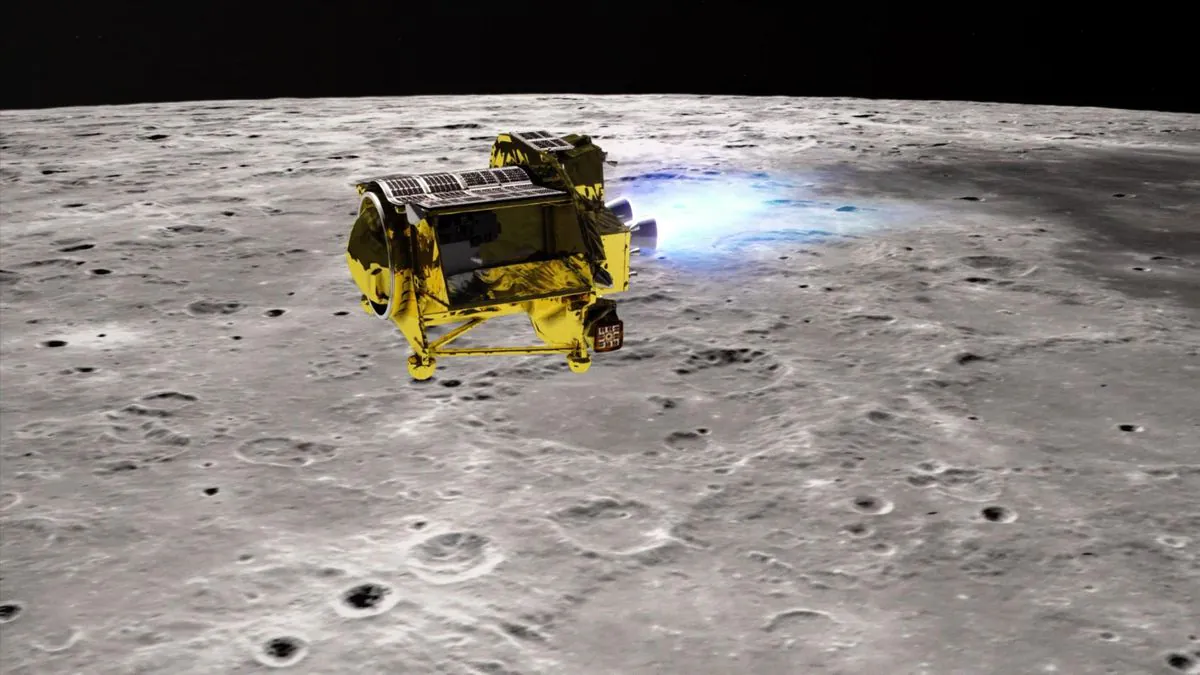
Japan’s space agency said Tuesday it will try to restart its SLIM lander after a second cold two-week lunar night after a surprise awakening last month.
The unmanned Smart Lander for Investigating Moon (SLIM) landed in January at a wobbly angle, causing its solar panels to face the wrong way. When the angle of the sun changed, it came back to life for two days and made scientific observations of the crater with a highly sensitive camera.
But the probe, which was not designed for the icy two-week lunar nights when the temperature drops to minus 133 degrees, was turned off in early February. After a few weeks, it was woken up, and in early March, it was put back to sleep, before another launch attempt.
The Japan Aerospace Exploration Agency (JAXA) said on Tuesday that it hoped “there will be enough sunlight on the solar panels to launch SLIM around this evening”.
“The project team will begin work today to restart SLIM after the second lunar night,” said the message on Twitter. JAXA added that there was no certainty that SLIM would respond on Tuesday night as it was exposed to extreme temperatures.
The U.S. Odyssey lander, the first private spacecraft to land on the moon, failed to wake up, its manufacturer said Saturday, even after its solar panels were predicted to receive enough sunlight to turn on its radio.
Dubbed the “Lunar Sniper” for its precision landing technology, SLIM landed within the intended landing zone on January 20. The feat marked a victory for Japan’s space program after a string of recent setbacks, making Japan only the fifth country to make a soft landing on the moon, after the United States, the Soviet Union, China and India.
The purpose of the mission is to study the part of the Moon’s mantle – usually the deep inner layer beneath its crust – that is thought to be accessible. NASA plans to return astronauts to the moon at the end of this decade.
The US, together with international partners, wants to eventually create long-term settlements in this region, harvesting polar ice for drinking water and rocket fuel for further flights to Mars.
Read also:
Leave a Reply